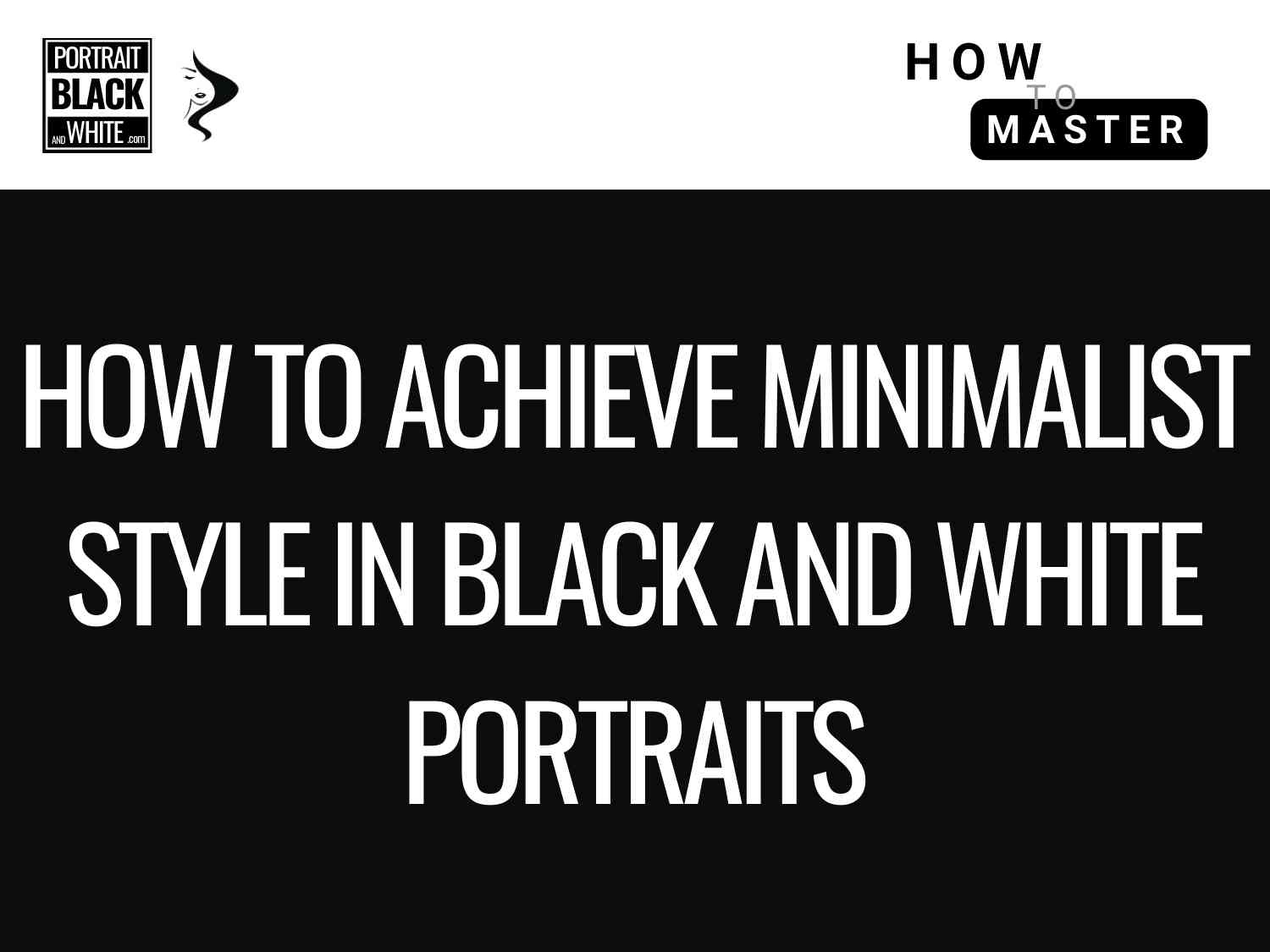How to Achieve Minimalist Style in Black and White Portraits
Minimalism in photography is not about doing less—it is about doing only what matters. In black and white portraiture, minimalism strips away distractions, leaving the viewer with pure form, emotion, and presence. Without color, the essentials of composition, tone, and light become even more critical. A minimalist black and white portrait must feel intentional, [...]


